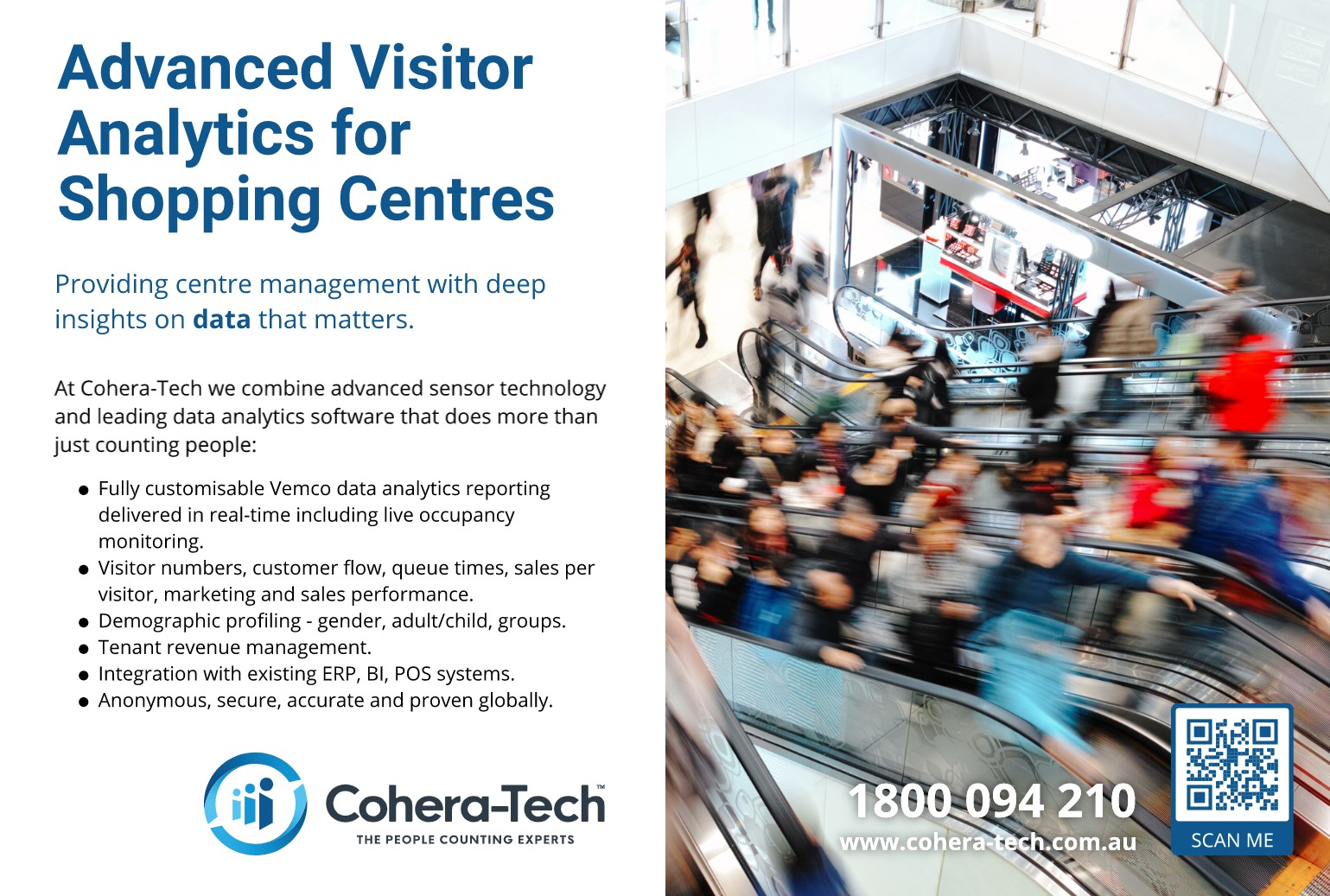Data Is The New Oil – Improving Asset Management Decision-Making
Technology is rapidly evolving and customer experience has never been more important. How can shopping centres stay ahead of the curve in today’s changing landscape? Prepared by Cohera-Tech Director Kevin Ford, the article was first published as a special feature in Shopping Centre New's 'Little Guns 2021' edition.
As shopping centres worldwide become ever more diverse, the complexity of management decision-making continues to increase. Brand or tenant changes are a day-to-day business. However, more strategic tenant mix adjustments that require capital investment need another level of justification and sign off. Essential supporting information about the performance of an asset includes customer footfall, tenant transactional data, customer behaviour and heat maps.
The industry is now moving towards the need for additional information such as catchment area demographics, travel and dwell time, weather, market capacity, psychographics, retail gravity models and everything in between.
Leading shopping centre managers have always been good at collecting data and understanding their tenants and customers; however, it often depends on the quality and experience of the local team. As the market has shifted, mainly due to the global pandemic, many shopping centre owners internationally are now offering turnover only rents, in order to enter into a more collaborative approach with the tenants. This has improved the relationship between landlord and tenant and caused a boom in demand for effective tenant revenue models. These tenant revenue systems capture critical transactional data within a secure data collation system.
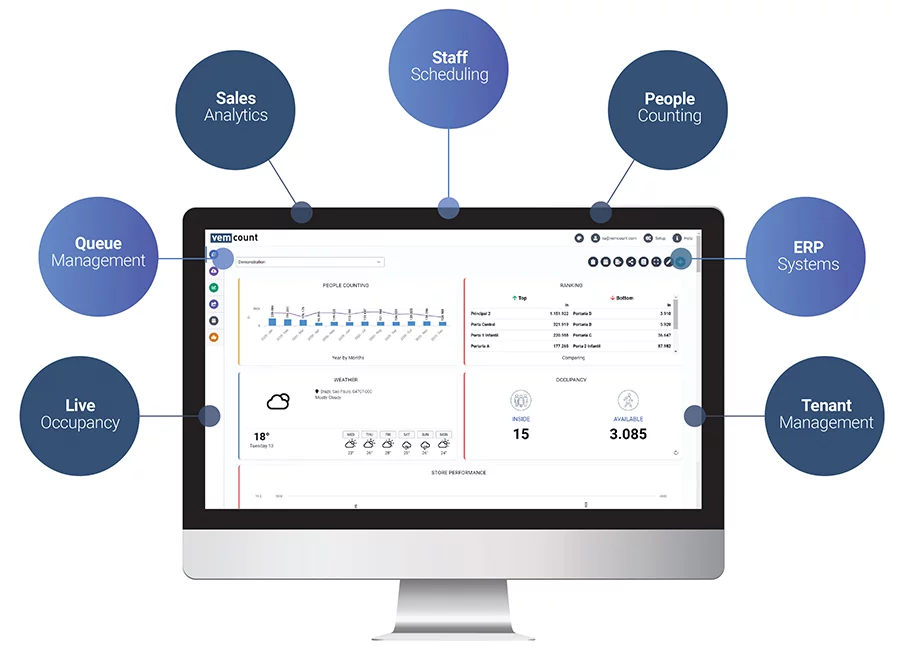
The Vemco Suite is exclusively supplied and supported in Australia and NZ by Cohera-Tech
The need to understand the customer better allows shopping centre management to communicate with shoppers more effectively. This takes us over the horizon, from the old scattergun approach to marketing.
Once we understand customer behaviour, shopping patterns and brand loyalty, we can communicate more efficiently and effectively..
The fear of data and privacy laws have seen centre owners resistant to fully committing capital to invasive consumer database systems. However, the global pandemic has seen a ten-year evolutionary leap in online versus physical retail sales, with 2030 arriving in 2020. In the best Darwinian principles, retailers and shopping centre owners have been forced to evolve or die. Equally, tech companies have developed cutting-edge suites that combine all legacy industry-standard data feeds and many new ones within one integrated system with access via a single interface or Application Programming Interface (API).
The latest analytics systems for shopping centres can accept data from an ever-increasing range of smart sensors, significantly enhancing the understanding of customer behaviour. The types of sensors employed can range from parking bay sensors that guide customers on their arrival at the centre; people counting sensors based on 3D or LIDAR technology that can deliver biometric data; as well as count and track customers on their journey through the shopping centre without the privacy implications and concerns of more invasive technologies such as WiFi tracking; and a host of Internet of Things (IoT) sensors to track the performance of the building itself in real-time. Leading systems can also integrate and capture individual tenant-specific information such as point of sale data. This integration means landlords, centre managers and retailers no longer need to invest in developing ‘in-house’ systems; they can be easily bought off the shelf.
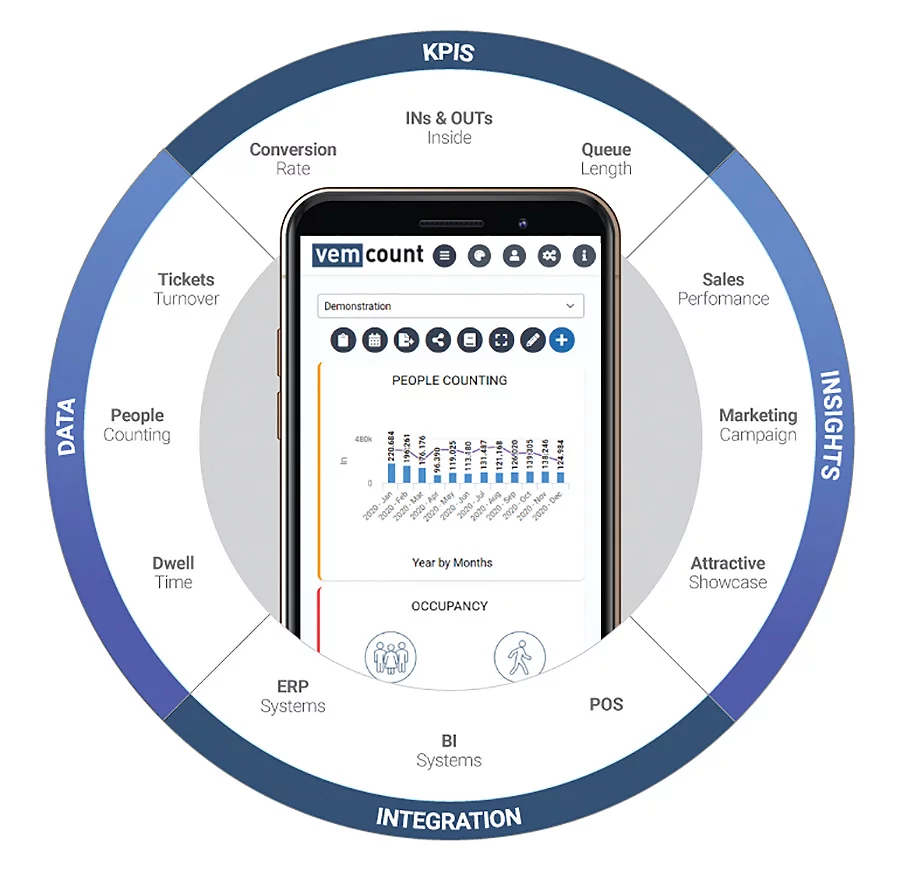
Vemcount overview
These tried and tested systems are already being used in hundreds of malls across Europe and North America.
As an industry, Shopping Centres are waking up to the fact that shared data is powerful data. It is easy to see how we get to the thought that ‘data is the new oil’ as data can improve how we make intelligent asset decisions and communicate with our customers.
Social media giant Meta, (owner of Facebook), has algorithms that only supply content users want to see, which keeps them interested and engaged longer. If we consider that a mall is a smartphone and tenants are apps, then we are moving towards a world that Gen Z exists within. The personalised customer journey and experience is only possible if we can profile customers via their shopping patterns, brand loyalty and journey characteristics.
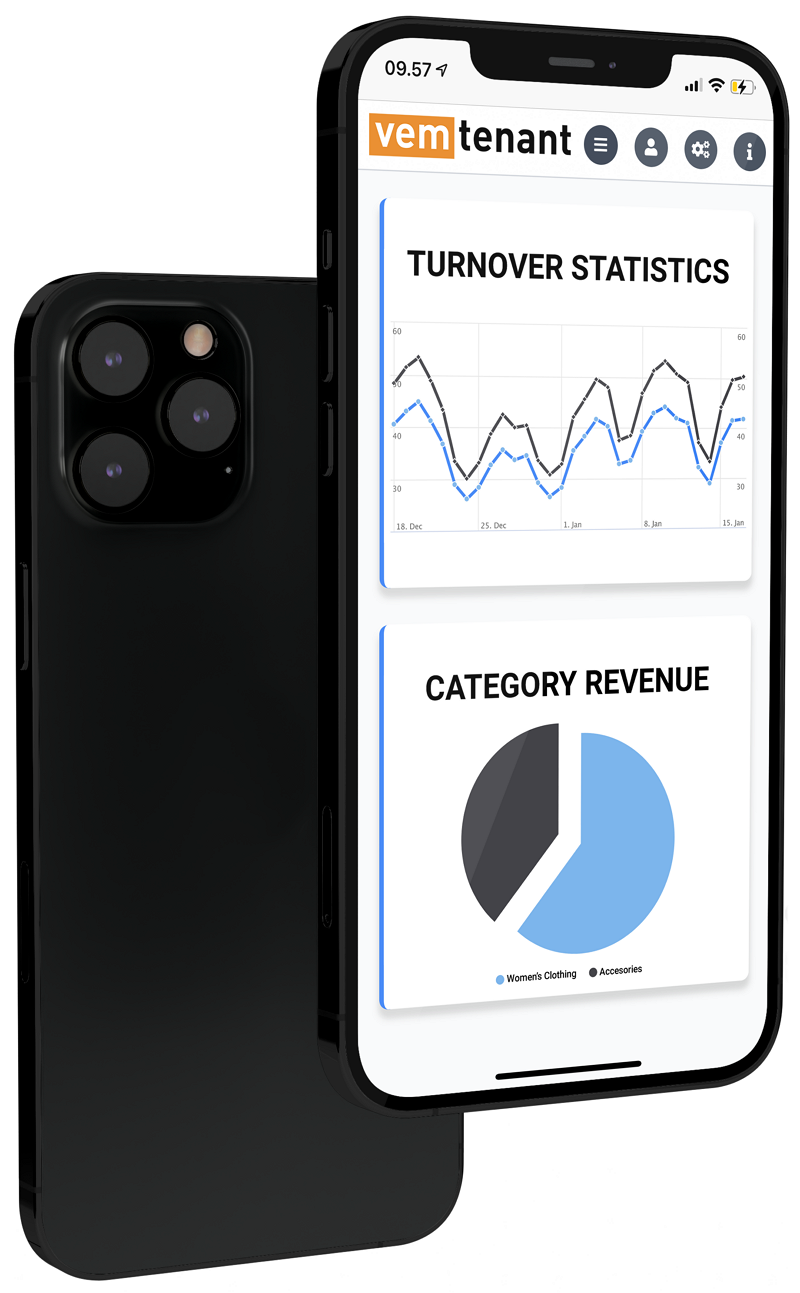
Vemtenant uses a wide range of metrics, including footfall and sales data, to help property managers make more informed decisions
If the industry is going to thrive in a post-pandemic world, doubling down on digital and embracing the ‘data is the new oil’ mentality will be the way forward. Darwin will again be correct, and it will not be the biggest or strongest that will survive; it will be those that are able and willing to adapt and evolve the quickest.
At Cohera-Tech, our goal is to help our partners be at the forefront of their industry by delivering them the most innovative and powerful data analytics tools available.
The latest of these is the Vemco Suite from Vemco Group, a comprehensive range of cloud-hosted software modules that focus on specific solutions for Shopping Centres and includes Vempark, Vemcount, Vemtrack, Vemtenant, Vemiot and Vemfusion. The Vemco Suite is exclusively supplied and supported in Australia and New Zealand by Cohera-Tech.
Acknowledgements – Gary Burrows – Fit For Commerce, Malls and Meeting Places.
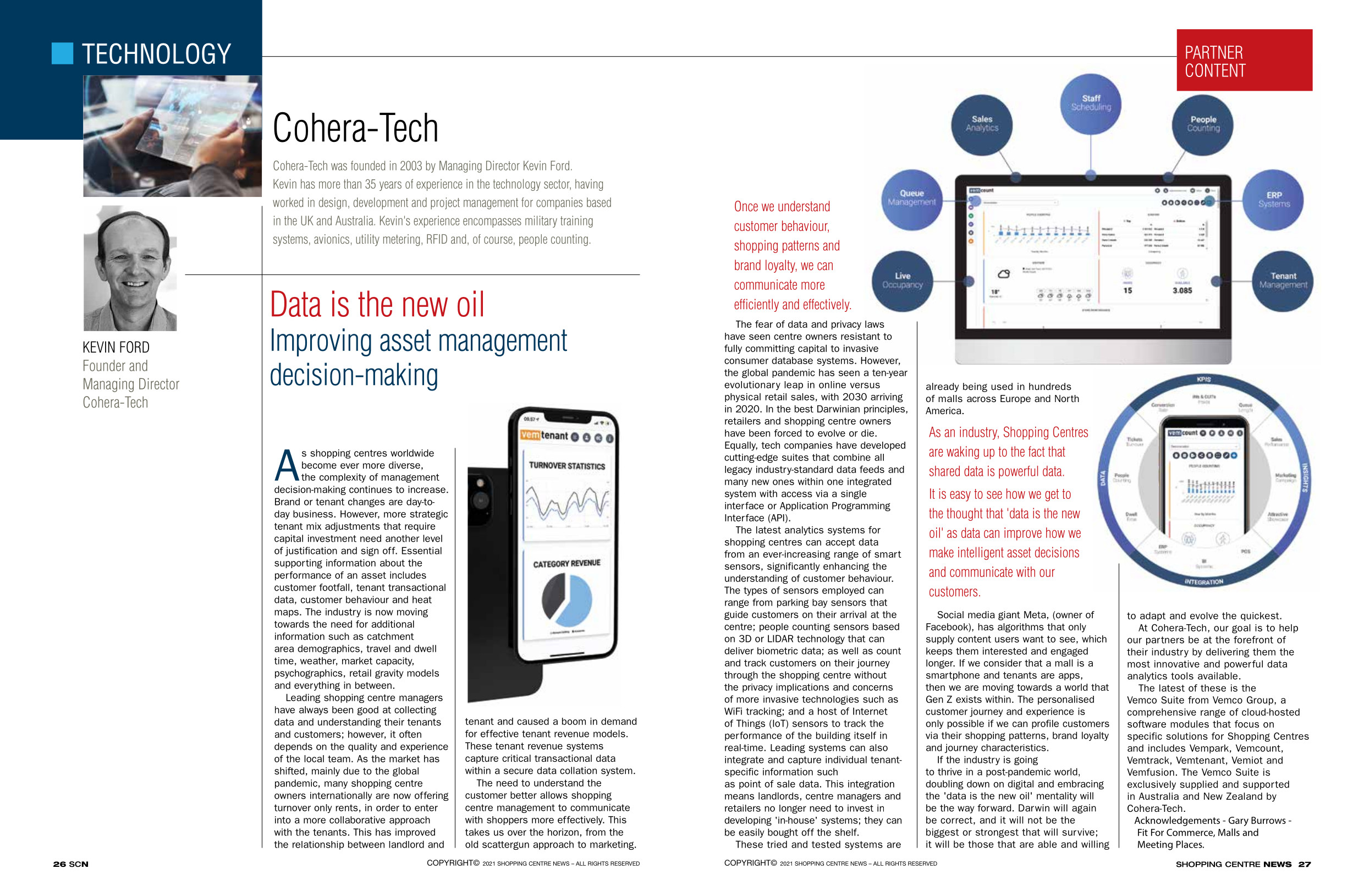
Original published Shopping Centre News Article
